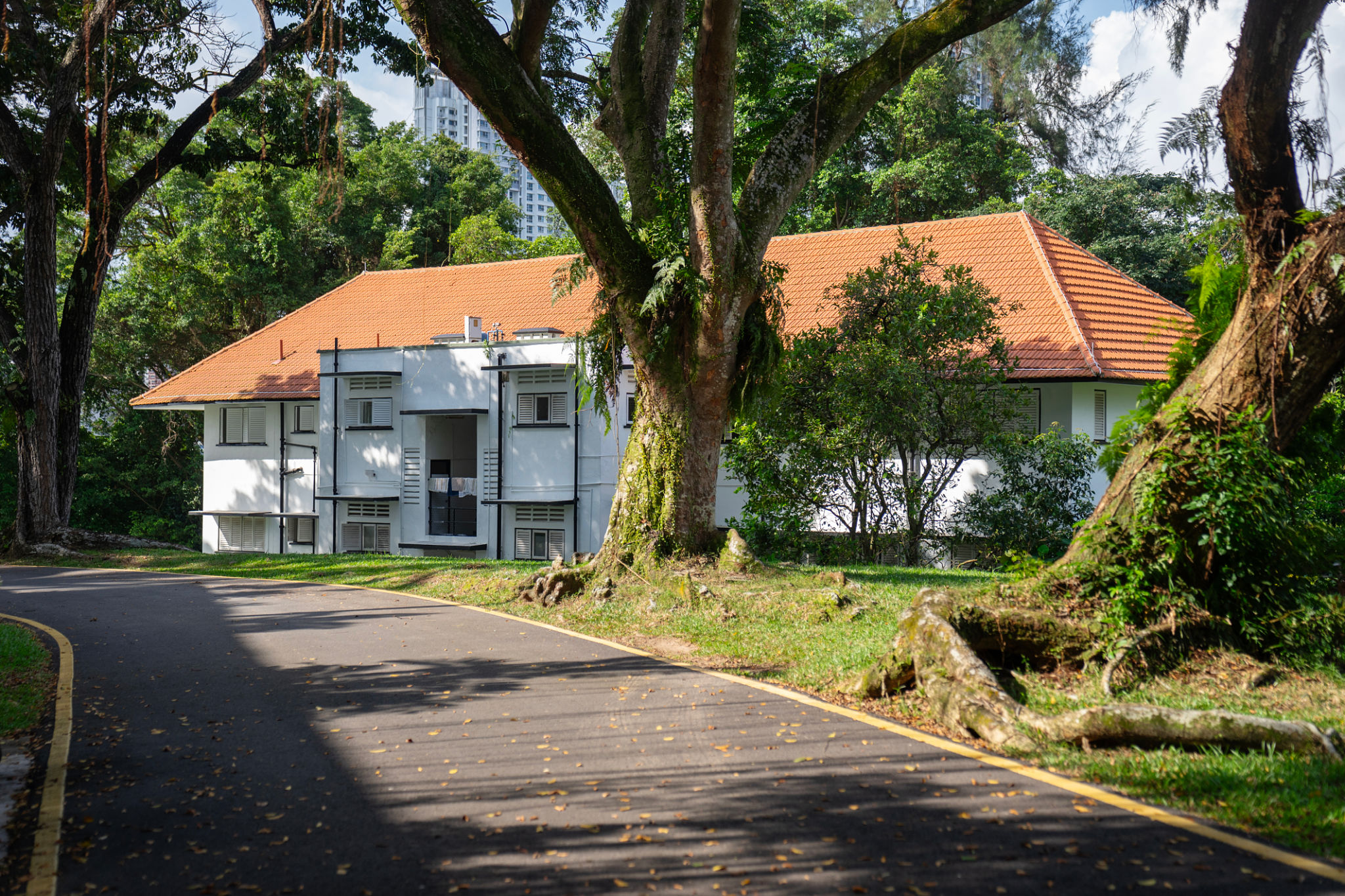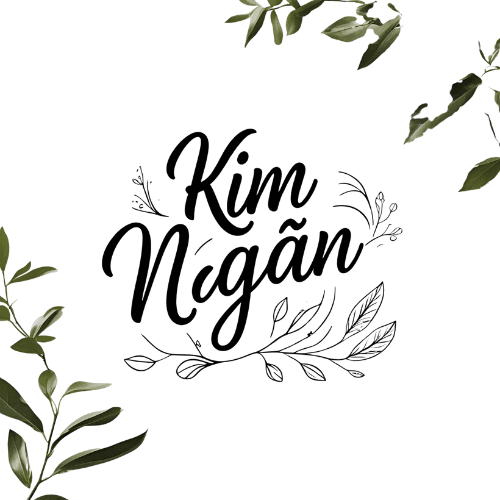🇸🇬 Tiong Bahru – A Village Hiding in Singapore’s Future
🇸🇬 Tiong Bahru – A Village Hiding in Singapore’s Future
If you’re searching for stillness in Singapore, you won’t find it in the skyline.
But in Tiong Bahru, you just might hear your breath again.
Singapore is a city of angles—steel, speed, and straight lines.
But hidden in its geometry is a gentle curve called Tiong Bahru.
Here, the future steps aside, and the past leans in just enough to say: “Stay a while.”
In a city of ambition, Tiong Bahru curves inward—like a quiet breath between glass towers.
We didn’t plan to stay long. It was meant to be a morning stroll, a stop between MRT stations. But somehow, the soft lines of Tiong Bahru held us longer than expected.
Maybe it was the way the sunlight fell on white-washed walls, or the gentle curve of Art Deco balconies that seemed to cradle the air.
Or maybe we were just tired of speed.
Singapore doesn’t often whisper. But this place does.
Tiong Bahru moves in slow motion. A sleepy bookstore with yellowing spines. A corner bakery still warm from 5AM loaves. A bench under a tree where an old man reads the same paper every day.
We sat at a small café tucked beneath curved awnings, sipping kopi from porcelain cups. The owner greeted regulars by name, and the air smelled like toast and rain.
My husband said, “This place feels like it hasn’t changed in decades.”
I looked around and realized—it hasn’t. And yet, it has become something even rarer in a city that never stops: it has stayed still.

It reminded me of mornings in Saigon.
When I would sit at a street corner, coffee in hand, watching the city yawn awake.
Tiong Bahru had that same gentleness—unhurried, unafraid of silence.
There was no need to perform, no need to impress. Just the comfort of being somewhere that allows you to simply be.
The buildings here don’t rise. They wrap.
Instead of reaching upward, Tiong Bahru’s pre-war flats lean into each other, like neighbors sharing secrets. The staircases are soft spirals. The colors are pale—cream, green, gray.
Time has smudged their edges, but not their soul.
Walking through these blocks, I remembered old Saigon. Not the chaos, but the tenderness. The way communities used to hold each other without saying much.
We found a secondhand bookstore called “Books Actually.”
The name felt both ironic and perfect.
Inside, the floor creaked, and the shelves leaned just slightly—like they’d been listening to too many stories for too long.
I picked up a poetry collection by a local writer I’d never heard of. The first line read:
“We build futures too fast to remember where the present went.”
I closed the book and bought it.
In Tiong Bahru, the future steps back so the present can breathe.
We didn’t do much. No tourist checklist. No iconic landmarks.
We just wandered. Stopped when we were tired. Drank when we were thirsty. Sat when the clouds threatened to rain.
And in that stillness, I saw a different side of Singapore—not the efficiency, but the empathy.
Not the skyline, but the sidewalks.
When we left, I didn’t want to say goodbye.
Just thank you—for slowing down long enough to let us feel held.
And in a city rushing forward, that one small pause felt like a gift.
